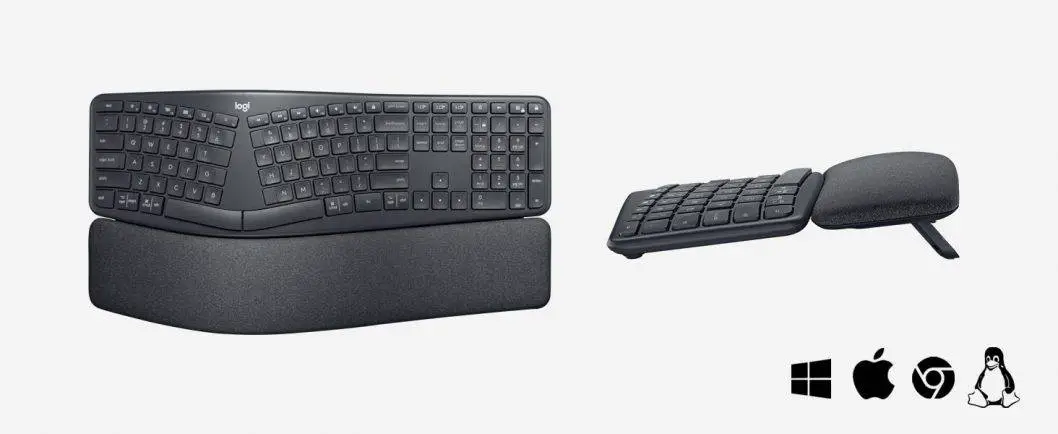

Simply holding the hand palm-down can strain muscles and nerves. Repetitive flexing and twisting of the wrist to reach faraway keys can lead to tendon and nerve damage. Prolonged elbow bending stretches the ulnar nerve, an activity that, over time, can lead to damage. Why is the computer keyboard culpable?Ĭonsider just a few of the pitfalls: Keeping the muscles in one position –such as holding your hands over a keyboard or using a mouse- exhausts them, setting the stage for injury. And this activity is partially responsible for the skyrocketing incidence of repetitive strain injury (RSI) in recent years. Unlike woodpeckers, humans aren't built for rapid-fire bursts of repetitive strokes, yet we're expected to perform this highly unnatural act with computer keyboards. His vise-like feet, bracing tail feathers, strong beak, and shock-absorbing skull equip him perfectly for high-speed hammering. When it comes to typing, Woody Woodpecker has us all beat. But do they really help prevent RSI? And if so, which ones are best?

People who experience wrist or forearm pain from using computers often welcome the idea of so-called ergonomic keyboards, which claim to reduce the risk of injury and increase comfort.


 0 kommentar(er)
0 kommentar(er)
